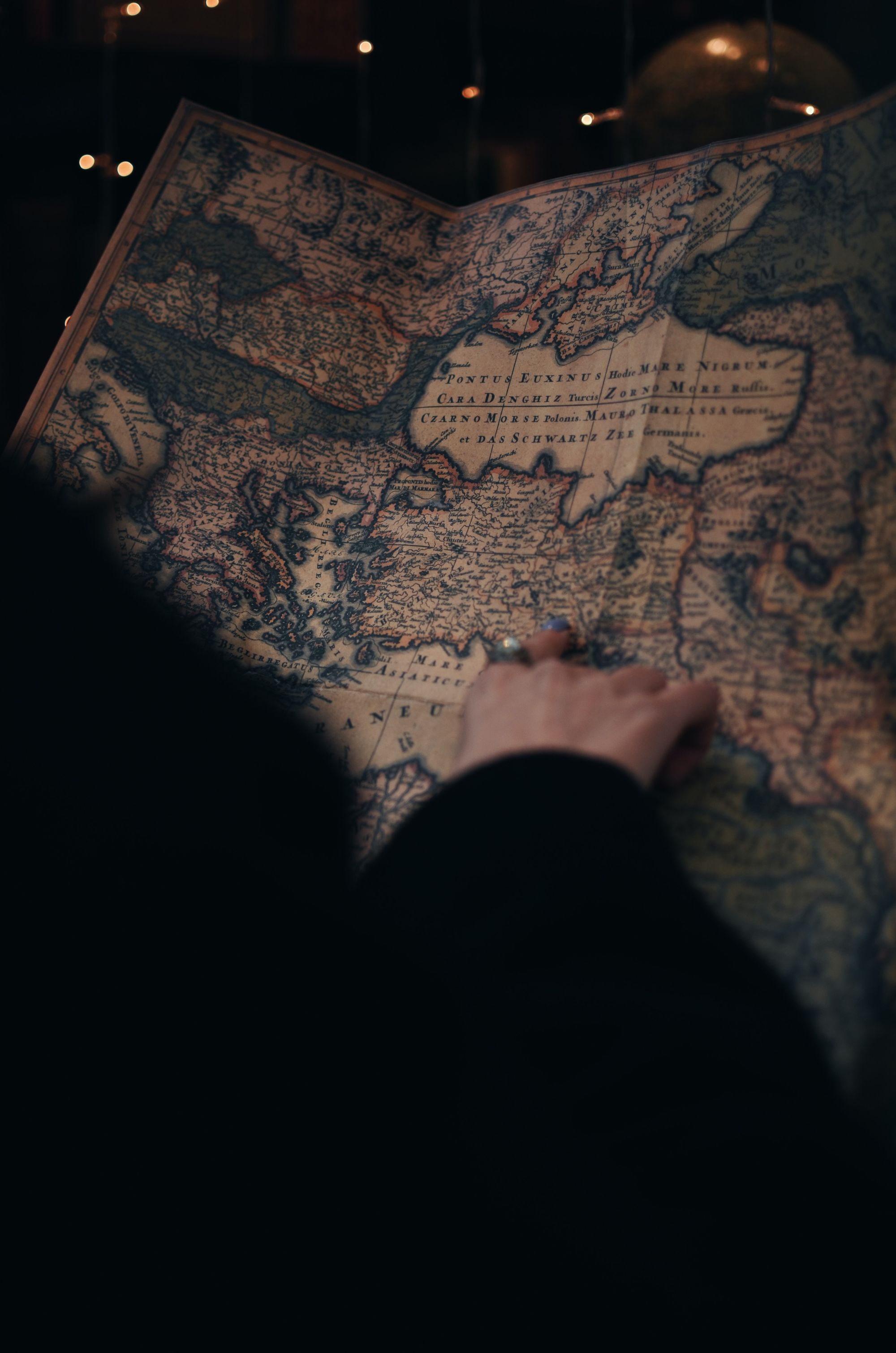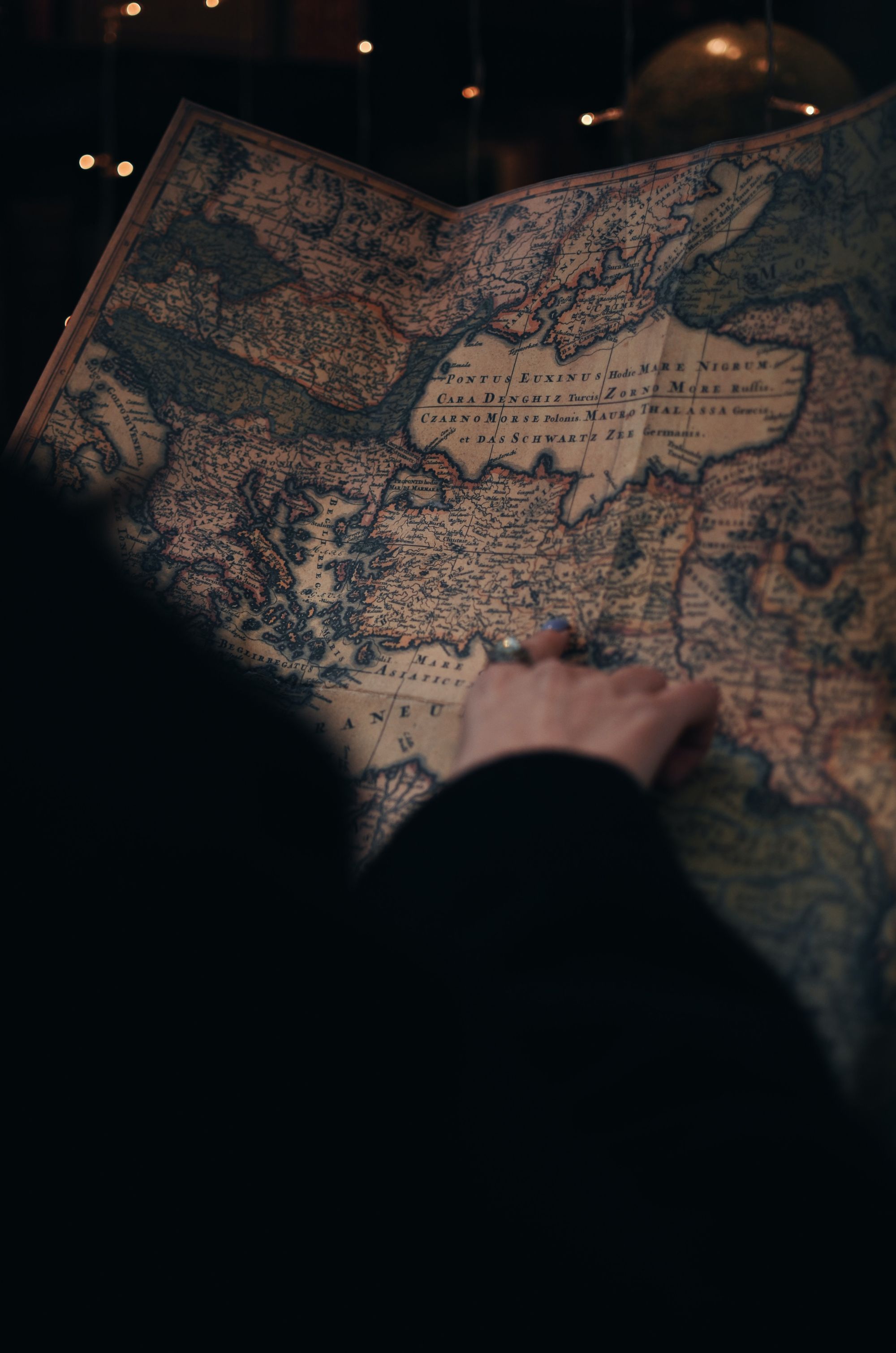Let There Be Dragons
I just finished reading a book, “1491: New Revelations of the Americas Before Columbus.” I’ve been reading it for 3 years. It is an amazing book. I envy the author, Charles Mann.


I just finished reading a book, “1491: New Revelations of the Americas Before Columbus.” I’ve been reading it for 3 years. It is an amazing book. I envy the author, Charles Mann. He has explored a fundamentally unique and foundationally important event in the history of the human species: the collision of two separate cultures, each with wholly different views on core aspects of life, society, and purpose; each developing cultures and civilizations entirely apart from one another. If you ever found yourself wondering what would happen if the earth were visited by aliens, read this book to unearth some clues. I always had this idea that the European cultures prevailed over the Native American cultures because the Europeans had guns and smallpox immunity. But I learned that the Europeans prevailed also because the Northern Natives felt a sort of indifference towards them, as though the Europeans were just children mingling around at the feet during a party – something to be gently tolerated. I say this because the narrative of the book takes every opportunity to contrast differences in sociology and culture between the two worlds in question, and the Native American seemed amply more mature. Instead of quickly wiping them out, which Native Americans could have easily done, instead they nurtured, taught, and even adopted the communities of new Europeans. The book up-ended almost all of my beliefs about the pre-Columbus American civilizations. Being geographically-partial to pre-Columbus North America, I admit to being unexpectedly surprised and delighted by the histories of our neighbors to the south. These include: A three-dimensional, unspoken language conveyed through knotted strands of rope? Who knew! Near-wholesale pre-Columbian slashing and development of the native Amazonian landscape? Say it isn’t so! Milpas and Terra Preta?? How is it possible? So much in the book amazed me. I appreciated the primary accounts of incredibly vast populations that lined the north eastern shores before European disease destroyed entire villages and towns. The matriarchal societies of North America were news to me (it wasn’t just limited to the legendary Amazonian Warrior group). I was stunned to read the position that the vast buffalo herds were a European creation and not a consequence of ecological balance (in fact, it was ecological imbalance which created them). Most of all, though, I was amazed by the posit that democracy and the cherished ideals of American Freedom borrow heavily from the philosophy of the pre-Columbian North Americans. I was taught that these were Greek and European ideas, but Charles Mann presents a compelling argument that Native Americans deserve long overdue credit. The North American was a culture of individual freedom, of intolerance for incivility and inequality, and of codes of civic honor and intergenerational social safety networks. What amazes me about this isn’t the lack of credit where credit may be due, but the concept of such a monumental paradigm shift being caused by the merging of these two worlds. The European world was one of lords and lands thereby owned – peasants and all. Caste systems and servitude were rock solid. Nobility was by blood and serfdom was for a lifetime. There was not an intellectual concept for individual equality – not until one mixed with the ideologies of the New World. Amazing nugget to consider, isn’t it? Just imagine what we still don’t know about our capacity for governance, for human individuality, or for social civility. What will happen when we next encounter a new culture? Or, are there even any left for us to run into – on Earth or otherwise.
